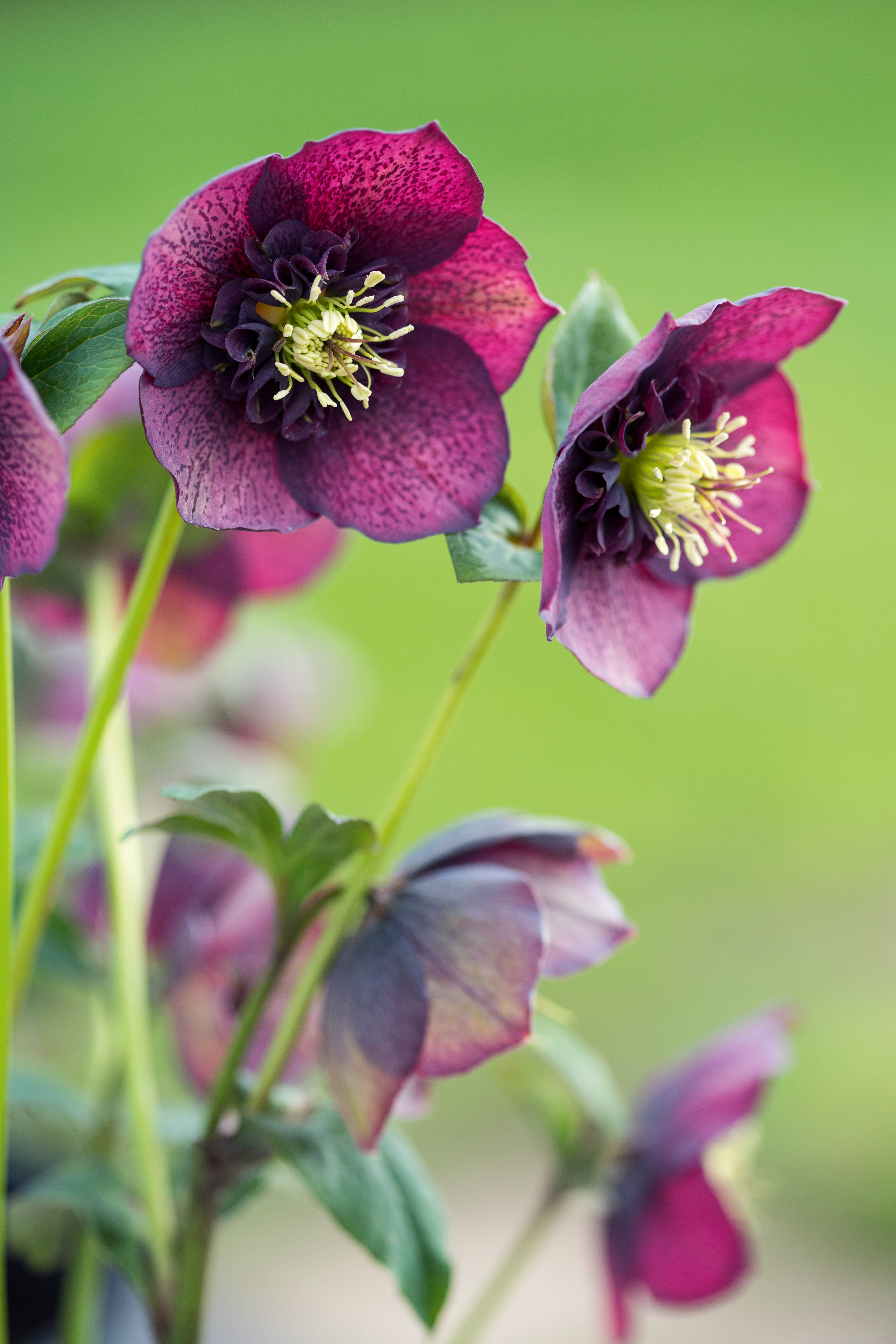Hellebore: Nature’s Winter Wonder
Hellebore, often referred to as the “Christmas Rose,” is a captivating perennial plant that brings a touch of elegance and cheer to winter gardens. Despite its common name, it’s not a rose but rather a member of the Ranunculaceae family. Known for its ability to bloom in the dead of winter, Hellebore offers a delightful contrast to the barren landscape.
A Closer Look at Hellebores
Unique Blooms: Hellebore flowers are typically cup-shaped or saucer-shaped, often displaying intricate patterns and delicate colors. They come in a variety of hues, including white, pink, purple, and even green.
Caring for Hellebore Plants
Planting: Hellebores prefer well-drained soil that is rich in organic matter. They can be planted in either spring or fall.
Hellebore Varieties
Oriental Hellebores: These are the most popular type of Hellebore, known for their large, showy blooms and vibrant colors.
Conclusion
:max_bytes(150000):strip_icc()/growing-hellebores-in-the-garden-1402846-hero-1184fa3e4b304eef96f2c2ff7c11b0bd.jpg)
Hellebore plants are a wonderful addition to any garden, providing beauty and resilience throughout the winter months. Their elegant blooms and hardy nature make them a popular choice for gardeners and flower enthusiasts alike. With proper care and attention, Hellebores can bring joy and color to your outdoor space for many years to come.
FAQs
1. Can Hellebores be grown indoors? While it’s possible to grow Hellebores indoors, they prefer outdoor conditions and may not thrive indoors for long periods.
2. Are Hellebores poisonous to pets? Yes, Hellebores are considered toxic to pets. Ingestion can cause gastrointestinal upset and other health problems.
3. How can I prevent Hellebores from becoming leggy? Leggy Hellebores can be prevented by planting them in a sunny location and providing adequate support.
4. Can I divide Hellebore plants? Yes, Hellebores can be divided every few years to rejuvenate them and increase the number of plants.
5. When is the best time to harvest Hellebore seeds? Hellebore seeds can be harvested in the fall after the flowers have faded.







:strip_icc()/alcea-rosea-old-barnyard-hollyhock-ca629344-60ece34452c94844939ad381390abfc1.jpg?w=200&resize=200,112&ssl=1)
